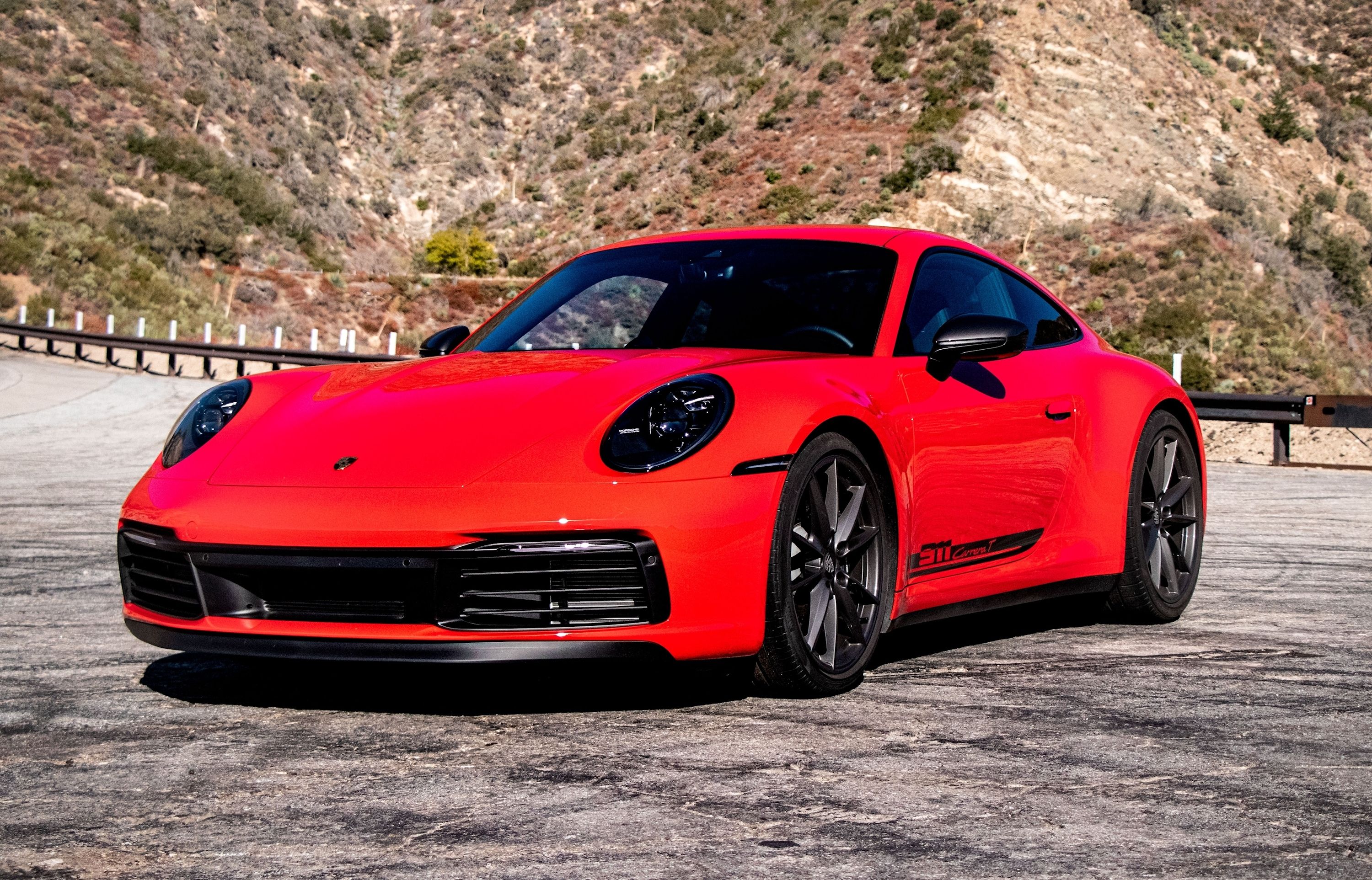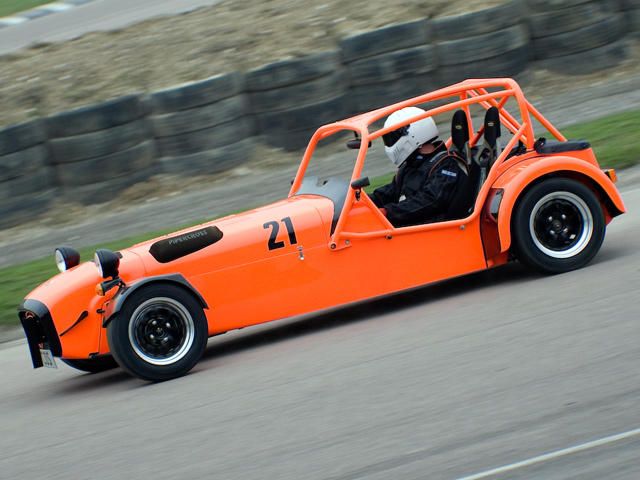
There are faster cars in this series, and there are cars which look better too, but the Caterham 7 is easily the most interesting of the group. It is both a continuation car as well as a modern track machine, and it is built by a company that also owns a Formula 1 team. IT has risen above the status of a mere replica, and can be considered a proper evolution of the original. The story of the 7 begins all the way back in 1957, fully 14 years before the founding of Caterham Cars.
The 7 was originally a Lotus, designed by the legendary Colin Chapman as the ultimate expression of his philosophy of lightness and simplicity. The car enjoyed much the same roll it has today right from the beginning. Even though those early cars produced just 40 horsepower, it was still as pure a driving experience as is possible. The Caterham practice of supplying the car as components for assembly by the customer was one started by Chapman as well. An interesting footnote about the old car, the same British tax laws which you could work around by building the car yourself also stipulated that no assembly instructions could be included.
In a moment of genius, Chapman noticed that there was nothing in the law about including disassembly instructions, so this was what he in fact provided. Customers had only to follow the instructions backwards. Lotus moved on from producing the 7 in 1973, and sold the rights to produce the car to the newly-formed Caterham. Since the 7 is both iconic and simple to build, it has many imitators. Replicars exist in dozens of different forms, but it only the Caterham which can claim real authenticity, as well as involvement with Lotus.
You can buy the car as a kit or fully assembled from Caterham, who will knock a few thousand off the price if you decide to build it yourself. The current version is based on Lotus's Series 3 version of the car, but it has evolved enough that it no longer has any parts in common with anything Lotus built. Not that you'd know it to look at the car, it is simplicity itself, and even old Chapman himself would have a hard time finding anything unnecessary on it. Several different trim levels exist, ranging from the entry-level Classic to the CSR, with the CSR Superlight as the top model. The Classic uses a 1.4-liter engine and can hit 60mph in 6.5 seconds.
That's not incredibly fast, but at $29,580, the Classic is the cheapest car in this series by a significant margin. Stepping up to the Roadsport trim adds about $10,000 to the price, but also quite a bit of equipment, including a Ford Duratec engine, rated at 170 or 210 horsepower. Next is the Superlight, which comes in different forms, but is really where the 7 becomes a serious motorsports vehicle. The top-trim Superlight is the R500, which has a 263hp engine and weighs just 1,115lbs, lighter, even than an Ariel Atom. The CSR looks like the other 7 models, but in fact has a bespoke chassis and pushrod suspension system.
Despite the simple look of the car, the actual moving parts are quite sophisticated, and the handling is really pretty remarkable. With the 7, all of that simplicity actually translates into relative cheapness. The base price is well below that of the Atom, and even a Superlight R500 is still around $15,000 cheaper than a KTM X-Bow. However, there still remains a few Fifties elements to the car's design. None of the cars here have what you would call spacious cabins, but the 7 has that small Fifties British roadster cabin, which is almost unbelievably small, even without a roof.
Next is the skinny pedals, it's a wonder that anyone ever sold shoes narrow enough to allow you to step on only one at a time. Think of slightly older Ferraris and you'll start to get an idea of what this is like. Still the 7 is an excellent car, and Caterham got it this way by starting with what was already a great car and steadily and minutely making tweaks and adjustments until it was just right. True, this sort of thing is sometimes called laziness by critics, just look at what people have been saying for years about the Porsche 911.
But the truth is that you'd have a hard time getting a better driving experience for the price, and that is the kind of thing which can only be achieved when a lot of very smart people have put a lot of thought into designing it. The 7 makes a great starter track day car, and you just might find after driving it for a while that you don't ever want to drive anything else.

